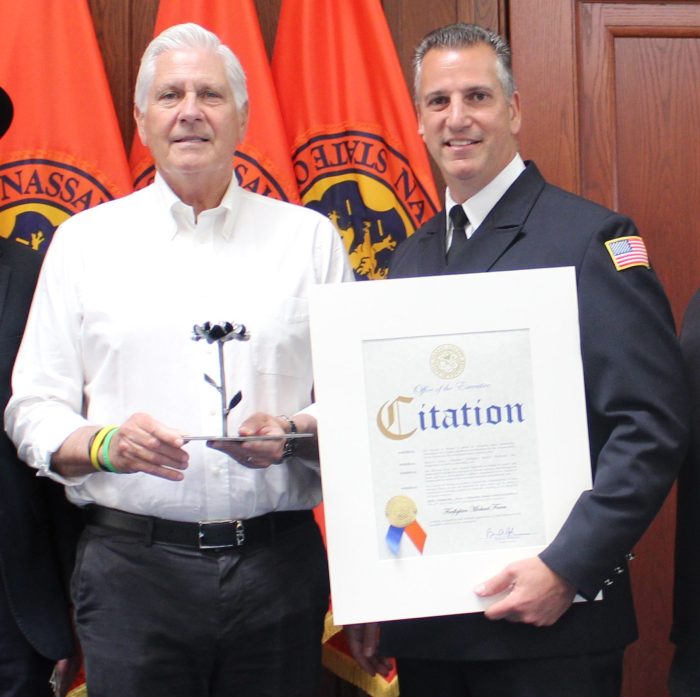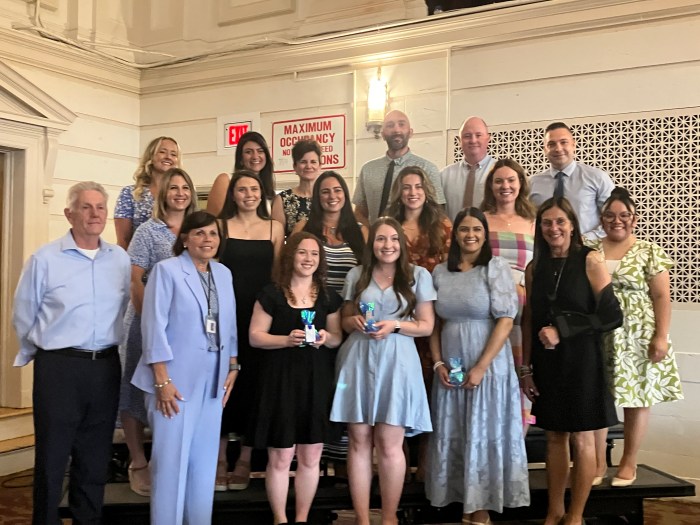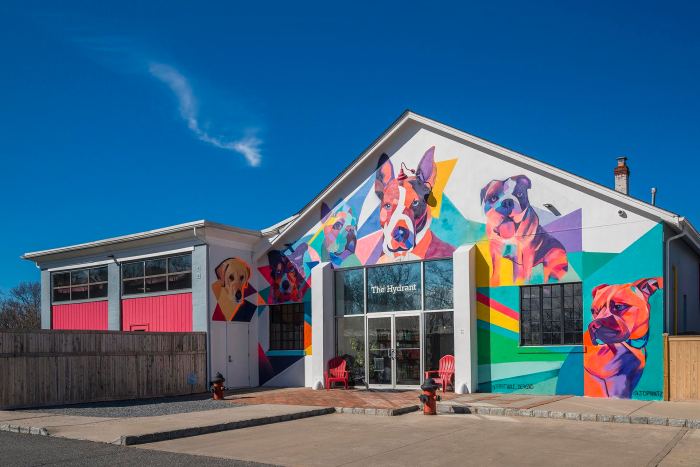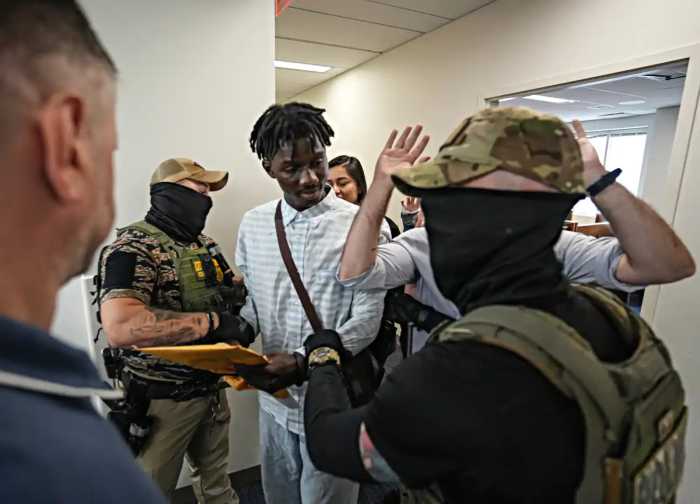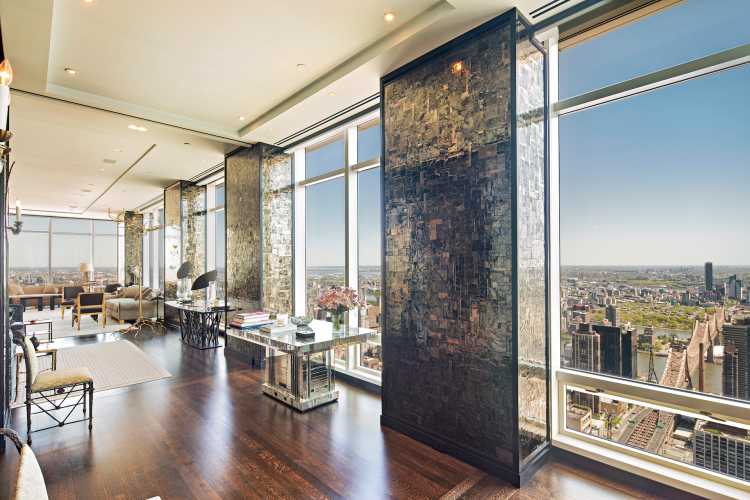Ghosts and goblins, cobwebs and coffins, jack-o-lanterns and skeletons, tombstones and haunted houses: Like the descending night, Halloween is upon us.
The explosion of Halloween paraphernalia that decorates our houses and litters our lawns is a sure sign that we approach this festival of horror with seriousness and gusto.
We are attracted to this Phantom world because it is, frankly, fun to be frightened – at least when accompanied by others or when our surroundings are familiar and customary. A good fright, when we are expecting to be frightened, can elicit nervous laughter, an edgy thrill and even spine-tingling delight as if you were screaming straight downward on one of those heart-stopping roller coasters.
Great comedy can be mined from the horror genre, as cinema well knows. Abbott & Costello Meets Frankenstein is a vintage example of blending laughs with the willies. Rent it out, shut the lights and watch it with your kids or grandkids. You will find, even as a stodgy adult, that you will revel in the hi-jinx hilarity of the immortal comedy duo battling Hollywood’s most famous monsters.
In the same vein, the frightful scenes we stage on our lawns is a kind of merry madness, a ghoulish gala, a fiendish frolic whose embellishments, at any other time of year, would provoke a rash of calls to the cops about some maniac that’s living in the neighborhood.
The dead, in fact, are alive and well in today’s entertainment culture as witnessed by such shows as Twilight, Buffy the Vampire Killer and the enduring popularity of such classic works of literature as Mary Shelley’s Frankenstein, Bram Stoker’s Dracula and, for more contemporary tastes, Anne Rice’s Interview With a Vampire.
When I was growing up, all the kids would run home to see the Gothic, daytime serial, Dark Shadows, whose supernatural themes broke every soap opera convention. All the elements were there: The eerie atmospherics, the spooky music and the waves crashing against the rocky shores during the opening credits. The show revolved around the wealthy, aristocratic Collins family, who lived in a great, dark mansion, in a New England fishing village, called Collinsport. With the arrival of a 200-year- old vampire, Barnabas Collins, the show became a sensation. Some mothers thought the soap was too scary for their children to watch. True, the Collins’s family had their share of vampires, zombies, spooks, witches, warlocks and werewolves but for us kids, they were just your normal, everyday, dysfunctional family.
Today, cosseted by civilization and science, the spirit of Halloween, save a few outrageous pranks, is a rather harmless affair. In the past, however, the supernatural could be a lightning rod for triggering sinister suspicions and false accusations that could profoundly and dangerously unsettle entire communities.
This is what occurred at Salem, Massachusetts in February 1692. The cold, freezing nights coupled with threats and rumors of a surprise French and Indian attack turned Salem into a bundle of raw nerves. Memories were still fresh about the bloodcurdling events of King Phillip’s War, just 16 years ago, where for 14 months Indians on the warpath torched 52 New England towns, destroyed 12,000 buildings and butchered 600 settlers including women and children.
With anxieties at a fever pitch, a few Salem girls began acting disturbed. When questioned, they confessed about witches living among us (usually old widows living alone or quasi outcasts) that were not only in league with the devil, but with the French and Indians. You don’t need a degree in psychology to see that these young girls, impressionable, terrified and feeling vulnerable conflated temporal and spiritual threats. But the fuse was lit and in a society with closeted, tightly coiled religious sensibilities, where superstition nested among its daily rituals, the scent of fear snowballed into the mass hysteria we know today as the Salem Witch Trials.
We might think ourselves immune to such nonsense; but modern sensibilities have not freed us from the gripping fear of death and decomposition that seized our ancestors. The props that so stupendously glorify Halloween is little more than bravado; like whistling past the graveyard pretending not to be afraid. The truth is we alone among the animal kingdom know our lives are brief and transitory. There is a touch of divinity in this knowing; but for all our lordly thoughts we are at the mercy of the cosmos’ larger reality: We are mortal!
The novelist Vladimir Nabokov described the boundaries of our birth and death as “a brief crack of light between two eternities of darkness.” The burden of death is real but, for many, it is ballasted by a religious faith that believes, in Kierkegaard’s words: That at the blink of oblivion – we are also on the brink of eternity.
Our only other defense is to mock what we fear, mimic the macabre, sanitize it with scary costumes and domesticate the bitterness of death and annihilation by once a year brazenly burlesquing its most ghastly attributes. Isn’t this part of the charm of trick or treat? That standing at our door behind the cadaverous, grisly masks taunting our mortality is what we love most: The smiling face of an innocent child.




